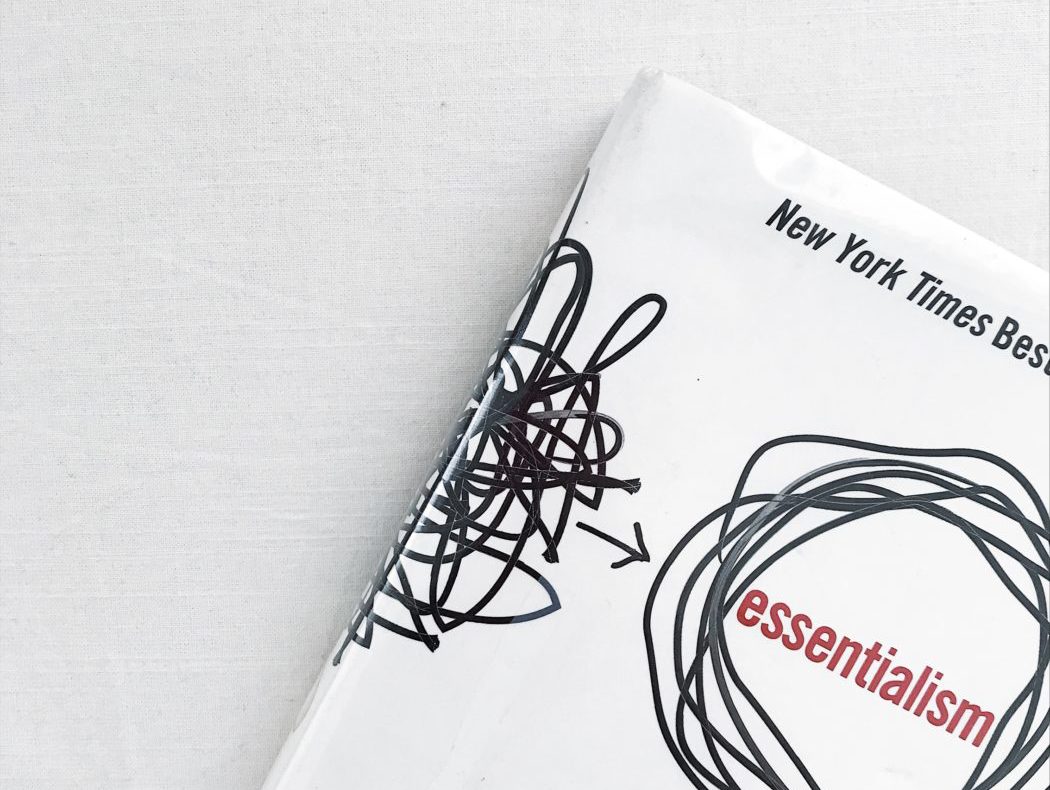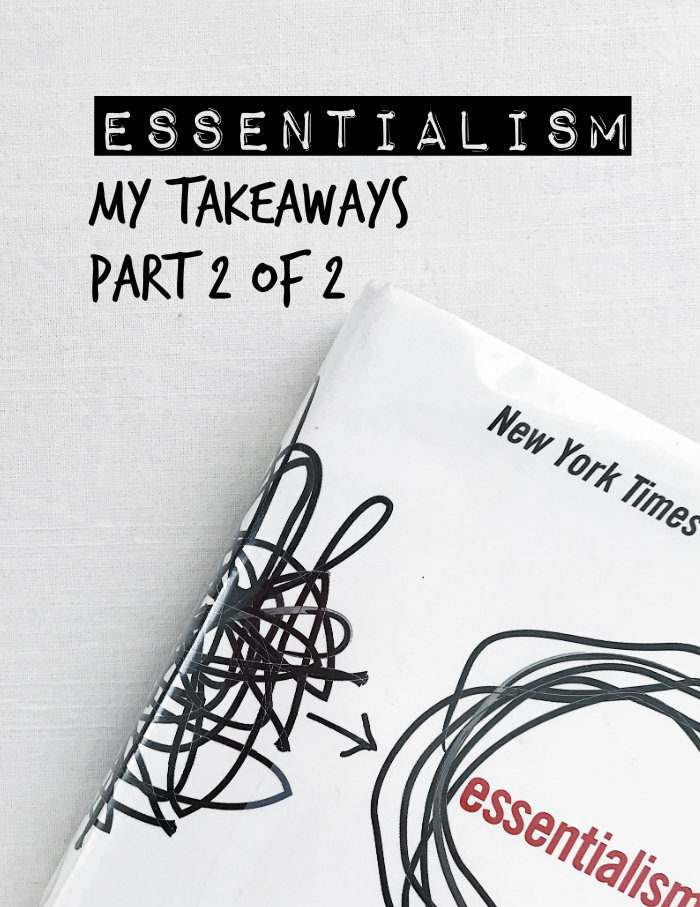Essentialism by Greg McKeown is a book that I highly recommend to everyone who is interested in all things minimalism, productivity and focusing on what’s truly essential in life. I summarized my 14 key takeaways from the book. Catch part 1 (takeways no. 1 – 7) here and read on for no. 8 – 14:
8) Say No Often And Gracefully
Nonessentialists say yes too often in order to avoid feelings of social awkwardness and pressure. An essentialist, on the other hand, makes saying no a habit. You have to in order to be effective and to be able to commit to your top priorities.
Saying no doesn’t have to be or sound rude. If you want and need to say no to something (and you often will if you want to become a true essentialist), consider the following:
- Separate the decision from the relationship.
- Saying “no” gracefully doesn’t have to mean using the word no.
- Focus on the trade-off (also see no. 4 in part 1).
- Remind yourself that everyone is selling something (in exchange for YOUR time).
- Make your peace with the fact that saying “no” often requires trading popularity for respect.
9) Edit Your Life
In order to live your best life, you have to edit it. That means you have to cut out the nonessential stuff. While a nonessentialist thinks that his/her life improves by adding things, the essentialist knows that in elimination is the key. Cutting out distracting and unimportant things is essential when it comes to leading your best life.
10) Execute Deliberately
An essentialist acts thoughtful and anticipatory. Not like a nonessentialist, who rather reacts to situations, executes at the last minute and anticipates the best-case scenario. The nonessentialist has no room for mistakes or course correction. Not so the essentialist who takes into account the worst case. Here are some techniques how you can act in a deliberate way by building in buffers:
- Use extreme preparation.
- Add 50 percent to your time estimate (since we tend to severely underestimate how long tasks take us, also called the “planning fallacy”).
- Conduct scenario planning.
11) Identify The “Slowest Hiker”
When you have to perform a task, there are always different obstacles between your starting point and the completed task. Before you start working on your task, it’s beneficial to identify all the obstacles you have to overcome in order to finish. Determine your biggest obstacle or your “slowest hiker”: this is the one obstacle that once overcome, all the other obstacles become smaller or automatically eliminated. Tackle your “slowest hiker” first and you’ll finish your task in an efficient manner.
12) Focus On Minimal Viable Progress
Perfectionism kills progress.
The idea is, ‘What is the simplest possible product that will be useful and valuable [to the intended customer]?’
13) Create Routines
McKeown recommends to create “a routine that enshrines what is essential, making execution almost effortless.” By having a routine that enables you to focus on your priority, you’ll be less likely distracted by the nonessential.
14) Focus On The Present Moment
Nonessentialist characteristics:
- Mind is spinning out about the past or the future
- Thinks about what was important yesterday or tomorrow
- Worries about the future or stresses about the past
Essentialist characteristics:
- Mind is focused on the present
- Tunes in to what is important RIGHT NOW
- Enjoys the moment
You don’t live in the past or future, but in the present. We can only act in the present. So focus on what you’re doing right now and let the past be past and the future be future. Do the best you can in the present moment.
If you missed it, read part 1 of my “Essentialism” takeaways here.
Do you consider yourself an essentialist? Which areas could you improve upon?
PIN IT:


